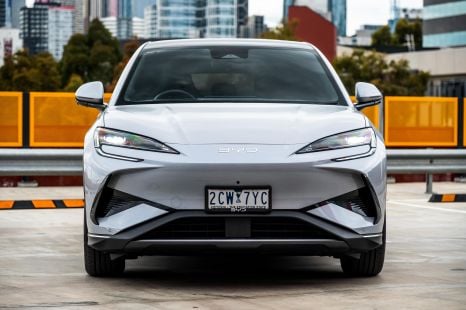

James Wong
2026 BYD Sealion 7 review
4 Hours Ago

News Editor
Lotus is on the cusp of a significant expansion that’ll see it transformed into a higher-volume, more global electric vehicle brand.
The company has announced it’s launching four new electric models in the next five years, which will be built at a new factory in Wuhan, China that’s set to be completed later in 2021.
In 2022, Lotus says it will debut an E-segment SUV codenamed Type 132, followed by the Type 133 E-segment four-door coupe in 2023.
For reference, the Porsche Cayenne is considered an E-segment SUV, while the Mercedes-Benz CLS is considered an E-segment car.
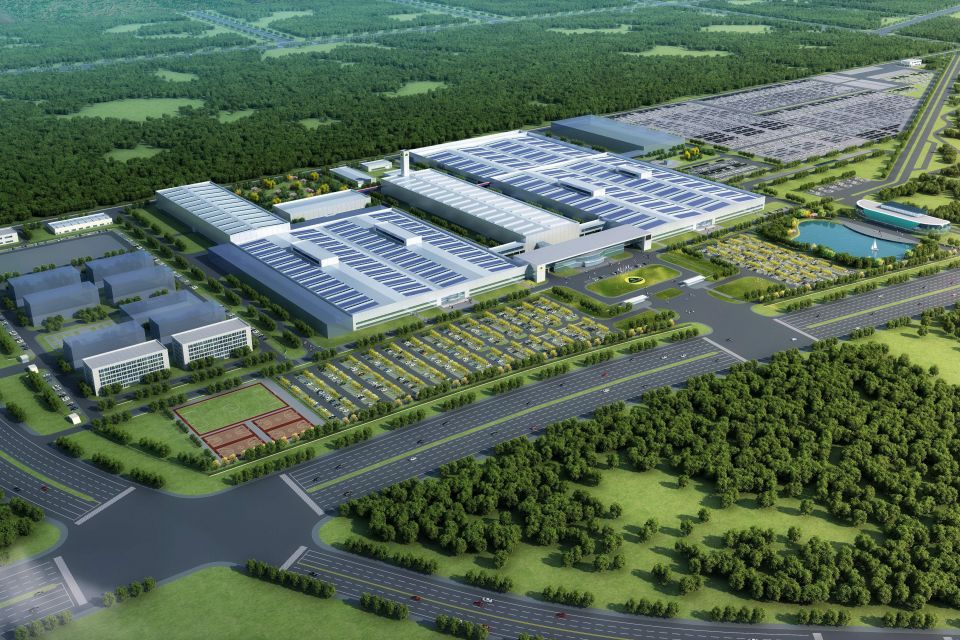
A D-segment SUV, the Type 134, will follow in 2025, while a sports car, the Type 135, will follow in 2026.
These will join the all-electric Evija hypercar and the Emira, Lotus’ last petrol-powered car, which are manufactured at Hethel in the UK.
Lotus is in the process of rolling out four new platform architectures:
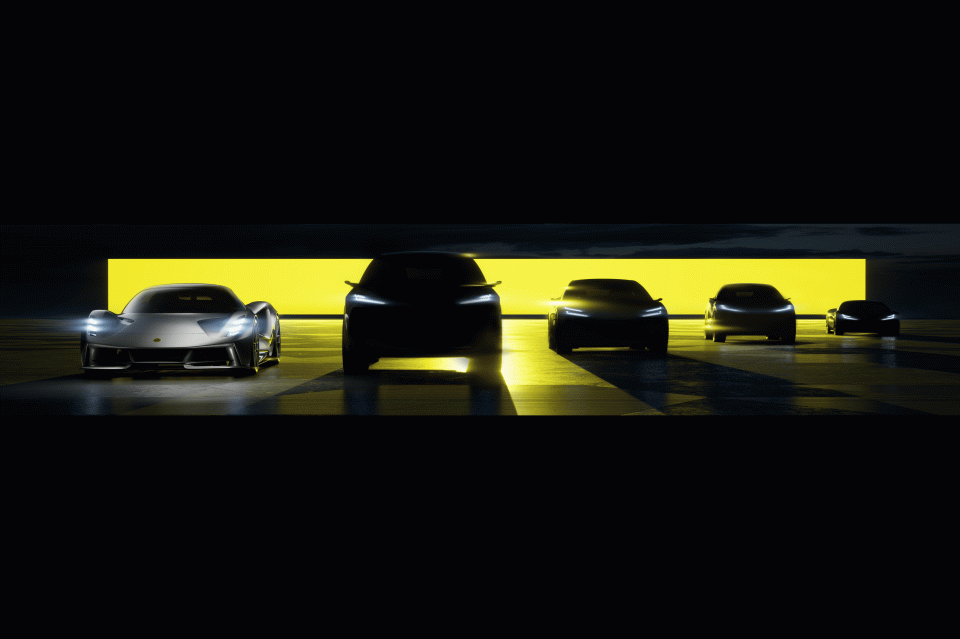
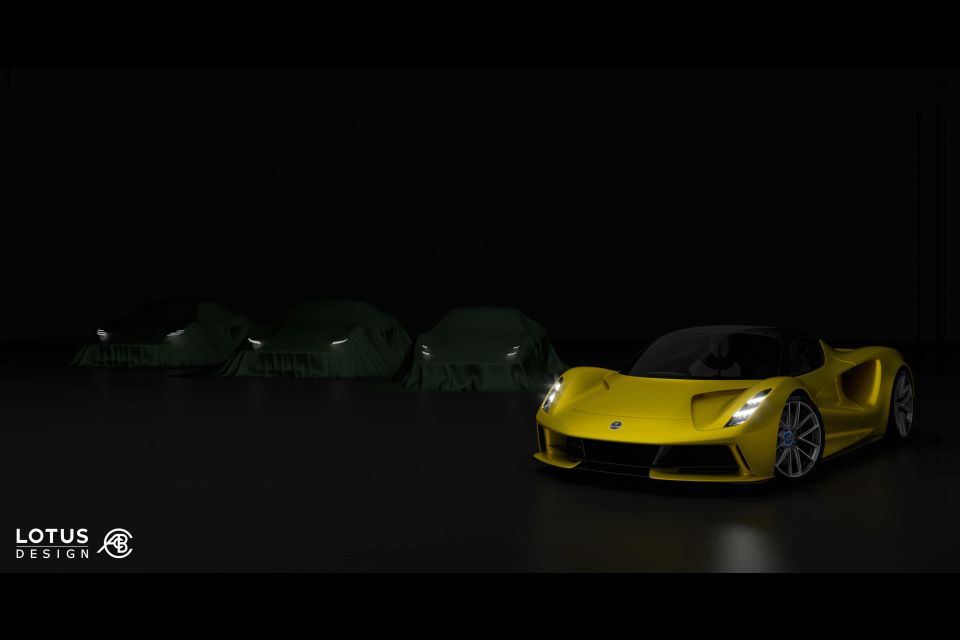
The Premium architecture has been designed to accommodate C-E segment vehicles, and Lotus says it supports a wheelbase range from 2889mm to 3100mm and could be expanded further.
Vehicles on this architecture will use 92-120kWh batteries with an 800V charging system, and will be capable of 0-100km/h times of under three seconds.
They’ll be built at the new Wuhan plant, which covers an area of over 1 million m2 and will have an annual production capacity of 150,000 vehicles.
Lotus has invested over 8 billion RMB (A$1.69 billion) in the plant, which the company says will be the first in the world with an “integrated intelligent test track” that can accommodate vehicles driving at speeds of up to 230km/h through 16 corners.
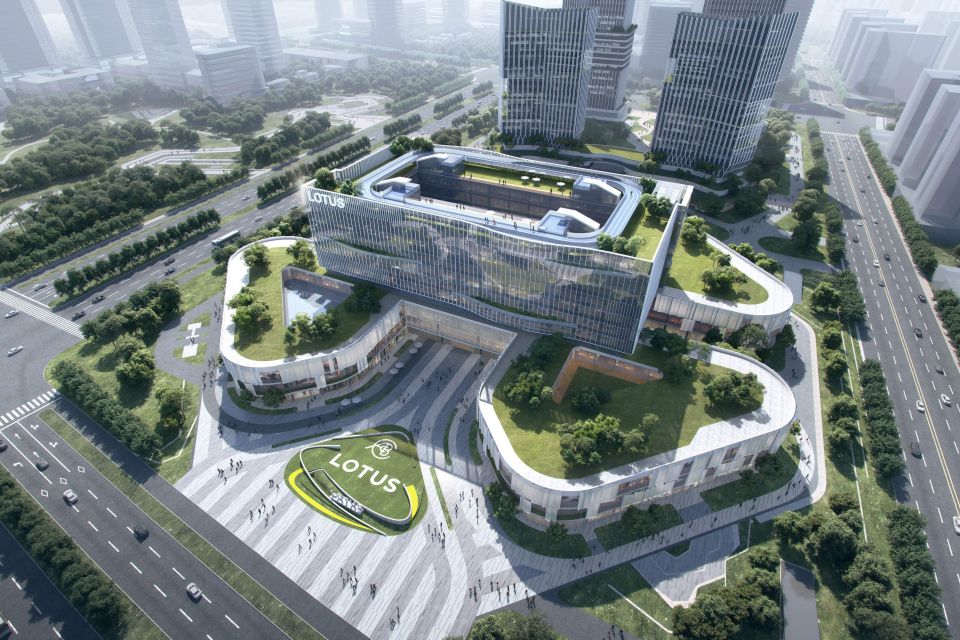
Vehicles can also be summoned into workshops without human intervention.
Lotus has established a new division, Lotus Technology, which the company says will “accelerate innovation in the fields of batteries and energy management, electric motors, electronic control systems, intelligent driving, intelligent manufacturing and more”.
The new division’s headquarters, located in Wuhan, will be completed in 2024.
Lotus has unveiled the concept of a ‘track-level intelligent drive’ system, which it says it wants to develop over the next decade.

The technology is designed “to assist drivers to perform as well as an F1 driver on track”, and uses both software and hardware to improve safety and performance.
While much of Lotus’ activity will be based in China, Lotus Technology and the company’s UK team will work together on development.
The UK operation will be responsible for the development and production of sports and hypercars, as well as coordinating Lotus’ global sales.
Lotus will also maintain its R&D team at the Lotus Technology Innovation Centre in Raunheim, Germany.
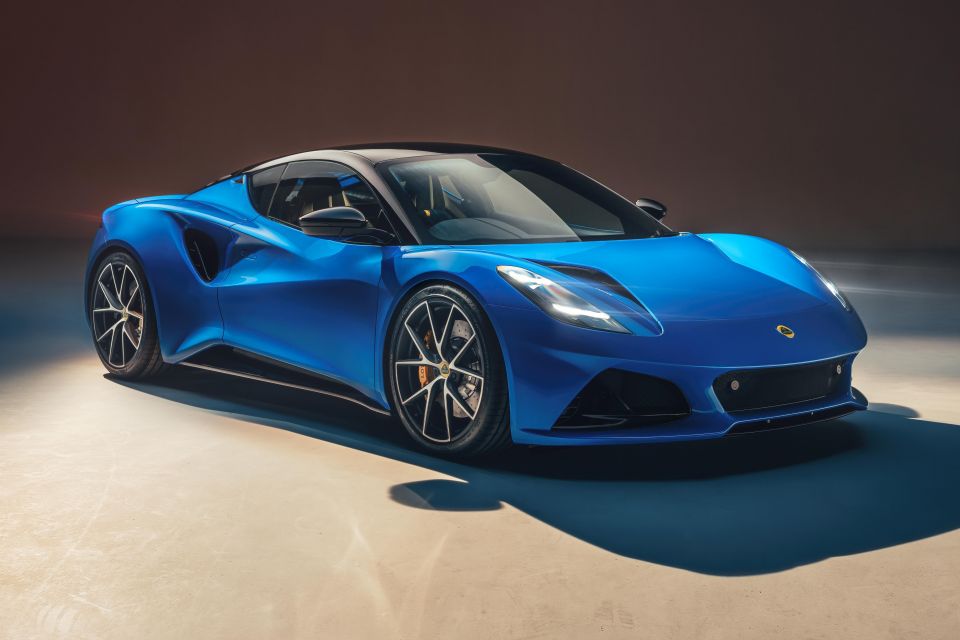
“Together the China and UK teams will empower our journey towards an expanded, intelligent and electric future, achieving the ambitions and goals that have been in the making for 73 years of the Lotus brand,” said Group Lotus CEO Feng Qingfeng.
One of the key investors in Lotus is Li Bin, founder of Chinese EV brand Nio, and Lotus says in the future “both parties may explore opportunities for mutually beneficial industrial cooperation”.
Sources have told Bloomberg that Lotus has completed a pre-Series A funding round, and the new investment reportedly values Lotus at 15 billion yuan ($3.2 billion).
Where expert car reviews meet expert car buying – CarExpert gives you trusted advice, personalised service and real savings on your next new car.
William Stopford is an automotive journalist with a passion for mainstream cars, automotive history and overseas auto markets.


James Wong
4 Hours Ago
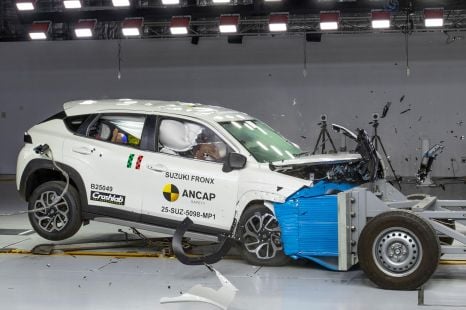

Damion Smy
12 Hours Ago
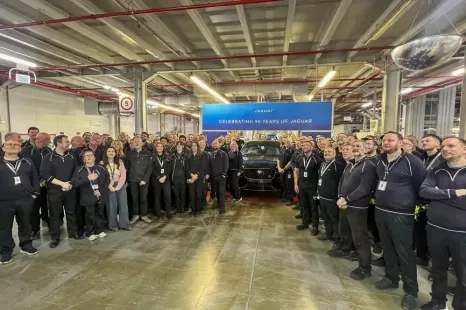

Damion Smy
16 Hours Ago
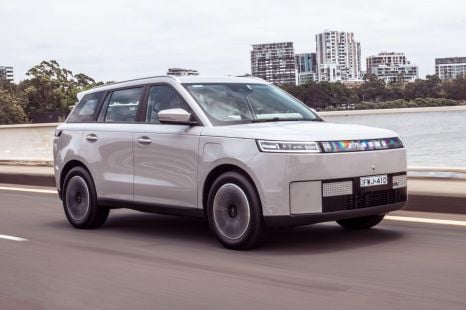

Josh Nevett
18 Hours Ago


Josh Nevett
18 Hours Ago
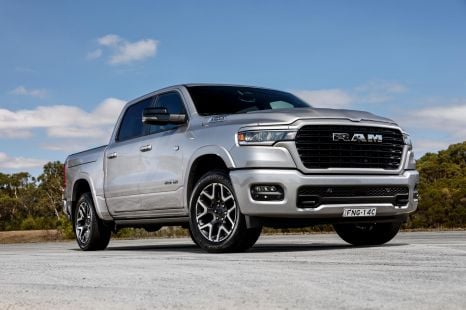

Damion Smy
18 Hours Ago